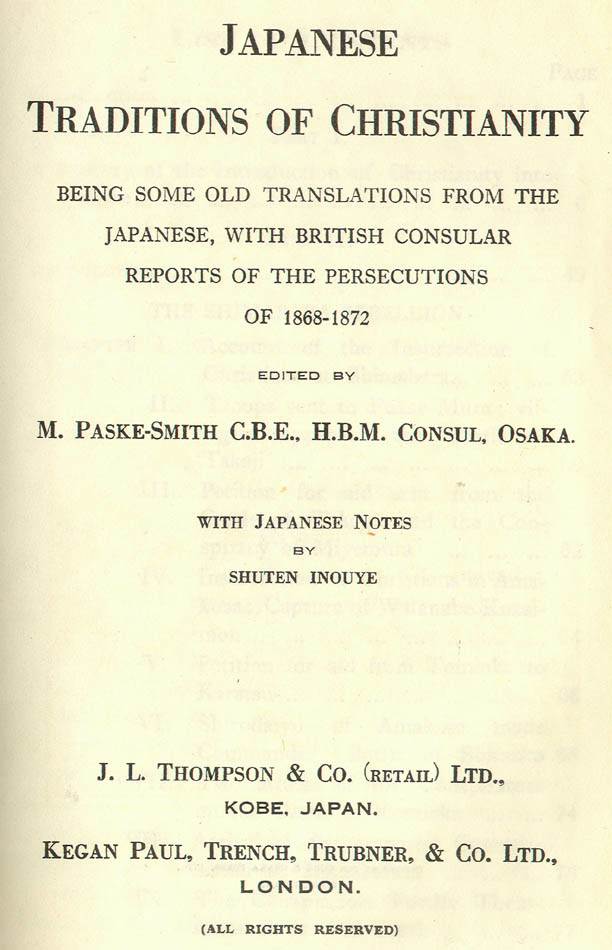
Fifth, we need to recognize that we ourselves as Christians are part of the culture. We are affected by the culture around us, and we also affect the culture around us. And so there’s no such thing as a religiously neutral culture of any kind. So even a so-called secular culture-and we talk a lot about secular culture today-even a secular culture is in fact deeply religious at its root. All Culture is Religiousįourth, I think we need to recognize that all culture is religious in nature because all culture reflects some sort of value system. And so we need to exercise great discernment to be able to tell the difference between a God-honoring culture and a God-dishonoring culture. And so the culture around us is always going to be a mixture of good and bad. Of course, that has an impact on culture. As well as a doctrine of creation, of course, Christianity has a doctrine of the fall, that this world is fallen in sin, mankind is fallen in sin. Thirdly, we need to recognize that culture is fallen. There is in Scripture what is called a cultural mandate for us to exercise dominion over the created world and to take the resources that God has given and use them for the glory of God and for the good of our neighbor. It’s not something to be feared, it’s not something to be inherently opposed, but in fact, culture is part of the goodness of creation.


Second, I think we want to recognize that culture is a gift from God. Culture is a GiftĬulture, in its simplest definition, is what we do with what God has made. So, first of all, we want to start with Scripture, what Scripture gives us in terms of a biblical theology of culture. And the Bible, of course, has a lot to say about the world and what God has made and what we are to do with the world that God has made. It’s what human beings do with the created world, the natural world, and the resources that God has given us. Culture, in its simplest definition, is simply what we do with what God has made. We need to start with a biblical theology of culture. Start with Scriptureįirst, we need to start with the Bible. There’s a lot of discussion about it, and that is exactly why we’ve introduced a new course into our curriculum, entitled “Christ, Culture, and Contextualization,” which is really devoted to giving an in-depth answer to that question of how Christians should engage with the culture. How should Christians engage with the culture? Well, this is a very pressing question in our day. James Anderson shares a biblical perspective of culture to help us understand how we can engage with the world around us. The material basis of religious change was integral to this process.How should Christians engage with the culture? Dr. Melanesians didn’t become Christian, Christianity became Melanesian. This is visible in the continuity of a variety of traditional practices subsumed under the umbrella term ‘kastom’ through to the present alongside Christianity. Attempts to produce ‘civilised Christian natives’, or to change some elements of native life relating purely to ‘religion’ but not others, resulted instead in a proliferation of ‘hybrid’ forms. Just as Melanesian people changed religious beliefs and integrated some imported objects into everyday life, missionaries integrated local elements into their daily lives. Results of field archaeology and museum research on Tanna and Erromango, southern Vanuatu, show that the process of material transformation was not unidirectional.


Christian Protestant missionaries believed that religious conversion had to be accompanied by changes in the material conditions of everyday life. One of the primary ways that cultural difference was thrown into relief in the Presbyterian New Hebrides missions was in the realm of objects. The archaeology of mission sites from Tanna and Erromango islands, southern Vanuatu (formerly the New Hebrides), offer an informative case study for understanding the material dimensions of religious change. Beliefs related to intangible spirits, ghosts, or gods were enacted through material relationships between people, places, and objects. Religious change is at its core a material as much as a spiritual process.


 0 kommentar(er)
0 kommentar(er)
